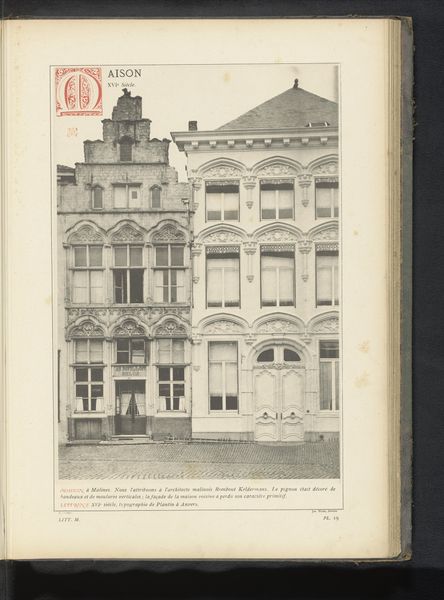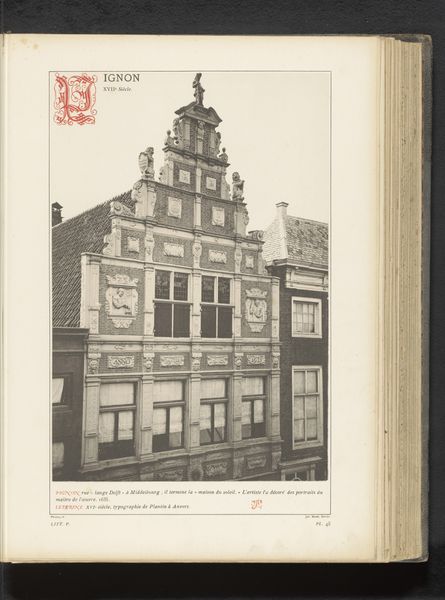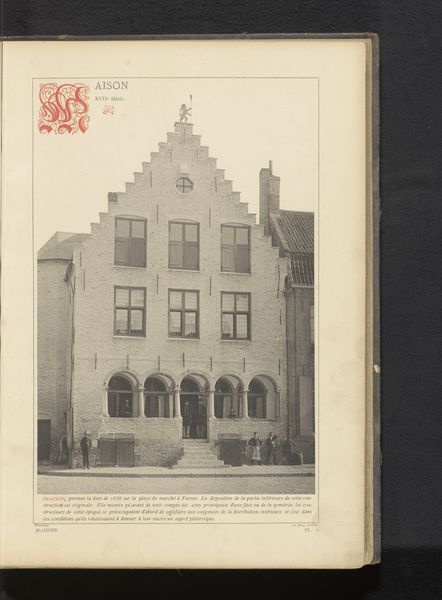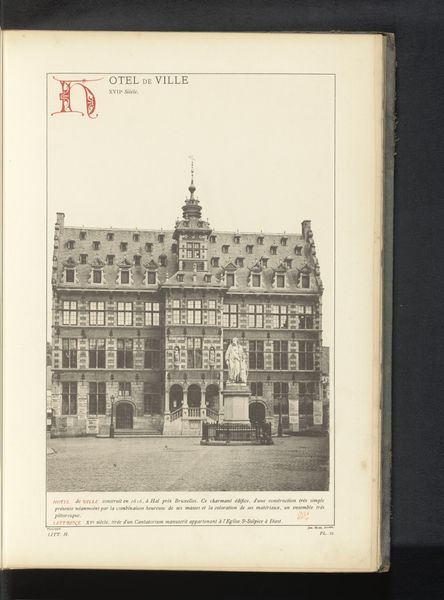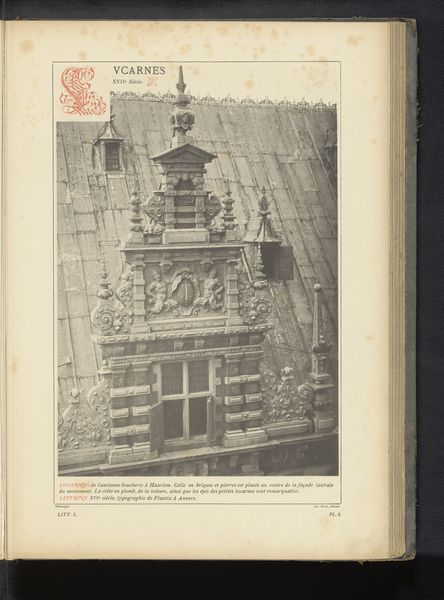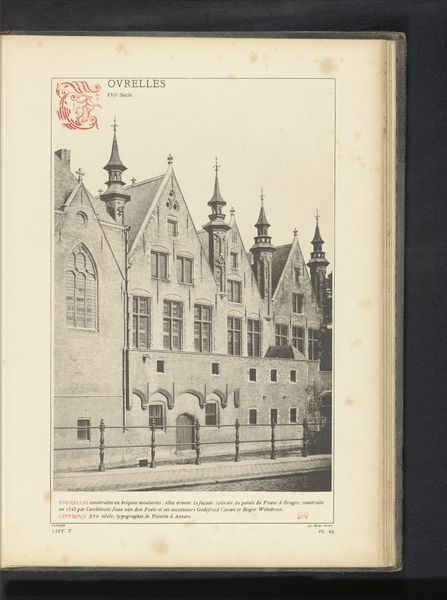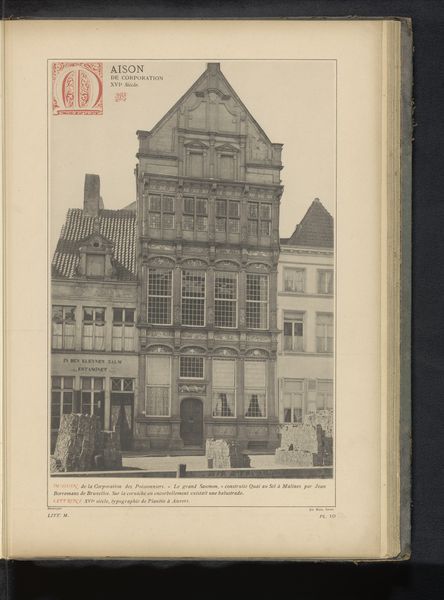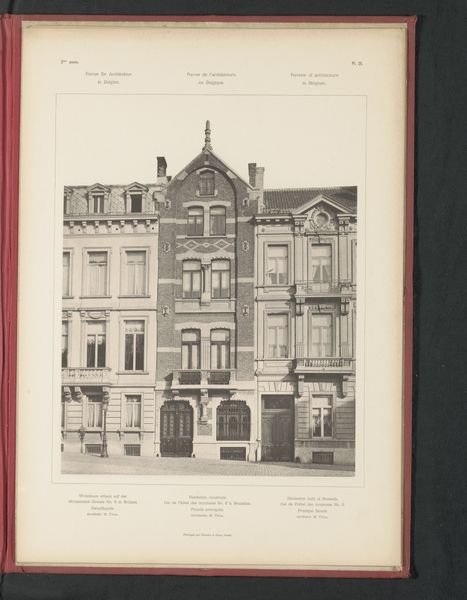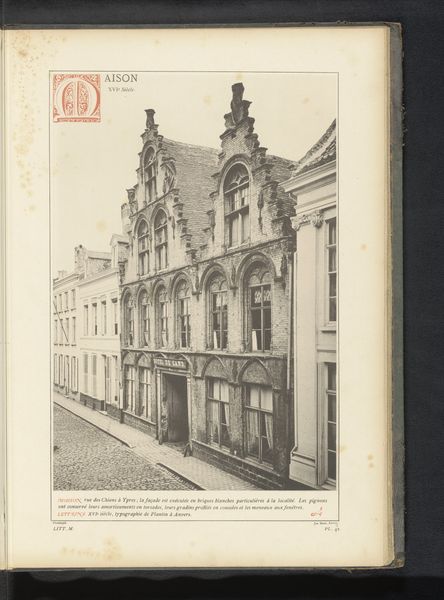
print, etching, photography, architecture
#
dutch-golden-age
# print
#
etching
#
photography
#
cityscape
#
architecture
#
realism
Dimensions: height 344 mm, width 236 mm
Copyright: Rijks Museum: Open Domain
Curator: What strikes you first about this photographic etching titled "Stadhuis te Kampen," produced sometime before 1881? Editor: The somber tonality definitely catches my eye, Curator. It’s a grayscale depiction of what looks like a town hall, a fairly imposing civic building, made to feel oddly still. There is a stillness, like it is holding its breath. Curator: Indeed, it’s a rendition of the Kampen Town Hall, made through a process that combines photographic accuracy with the detail attainable through etching. It would be fascinating to investigate the workshop conditions where such prints were made accessible and affordable. How this facilitated cultural dissemination about cities such as Kampen. Editor: Absolutely. This resonates with contemporary questions surrounding accessibility of cultural information. Looking closely, you see these statues embedded in the facade - who are they meant to represent and what do they say about Kampen’s power structures and visual language at that time? Their presence speaks volumes about the stories that town wanted to project. Curator: Precisely. The use of the print medium here is fascinating in understanding wider trade networks within photography and etching during the nineteenth century. These prints were important tools that spread and shaped views of different societies, each with its own production ecosystem and network. Editor: It's also intriguing to consider how this image plays into the politics of representation. Whose perspective are we seeing? A local citizen’s or maybe a visitor’s who's idealizing the town? And how did access to such prints impact colonialist understandings of the world? It could tell you so much about social and power dynamics. Curator: Thinking about the paper, the inks, the labour involved – this simple etching invites us to think critically about the conditions of its making and its journey into our hands, each bearing witness to shifting social realities. Editor: Absolutely, understanding these factors allows us a deeper appreciation for the building itself as more than just bricks and mortar, and to delve deeper into the context in which an artistic process can leave so much meaning imprinted within it. Curator: Thank you for expanding my understanding, I had looked at the building only from a production point of view, which limited my take away.
Comments
No comments
Be the first to comment and join the conversation on the ultimate creative platform.


